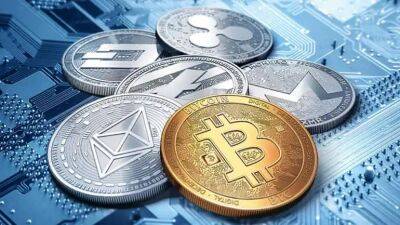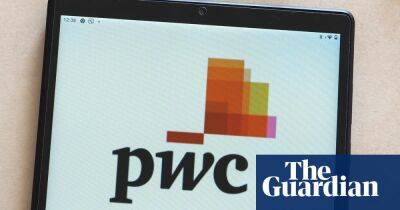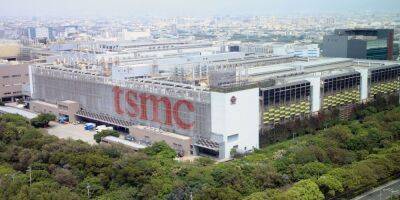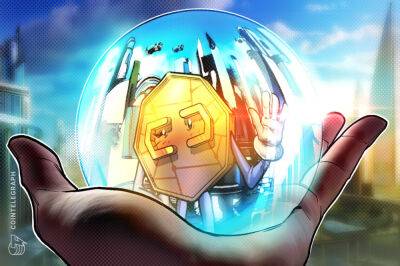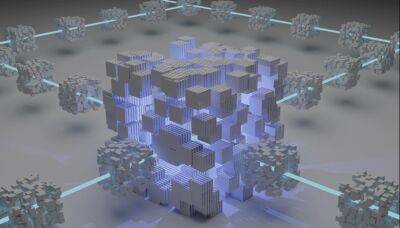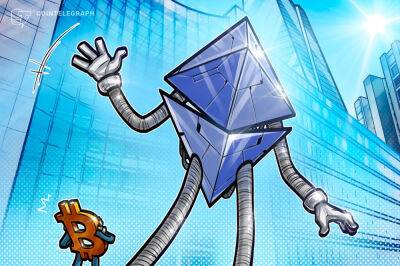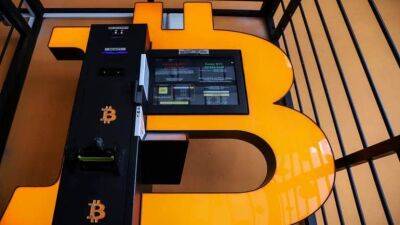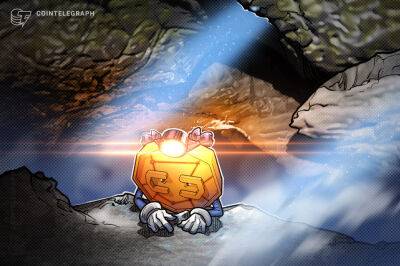What is a decentralized money market and how does it work?
The seamless flow of capital between borrowers and lenders is a key aspect of a vibrant economy. Anyone with an extra asset can lend it to put their idle capital to work, while people needing it to grow business or meet operational costs can easily access it.
Money markets are the platforms where borrowers and lenders can meet. Throughout history, money markets have been generators of economic activities. Though the structure of money markets has altered with time, their role has remained unchanged.
Conventionally, money markets were centralized structures facilitating the deals between lenders and borrowers. Borrowers would approach money markets to get a short-term loan (under a year) that might be collateralized. If the borrowers can’t pay back their loans, the lenders can sell the collateral to recover the loaned funds. When the loan is repaid, the collateral is returned.
Borrowers are required to pay interest to the lenders (for providing them working capital) and a fee to the money market (for facilitating the deal). The interest rate provides adequate liquidity for borrowers as well as lenders. The fee paid to the money market helps them meet their operating expenses.
There is a problem with centralized structure, though. It simply puts too much power and influence regarding user funds in the hands of a single entity that can change the terms and conditions for other stakeholders in an arbitrary manner. Worse, they can even siphon off the funds in their custody gains. A decentralized structure provides a robust alternative to centralized money markets.
Working atop a blockchain, a decentralized money market is a self-propelled structure run by a smart contract, a software program. Once it is running, a smart contract
Read more on cointelegraph.com





